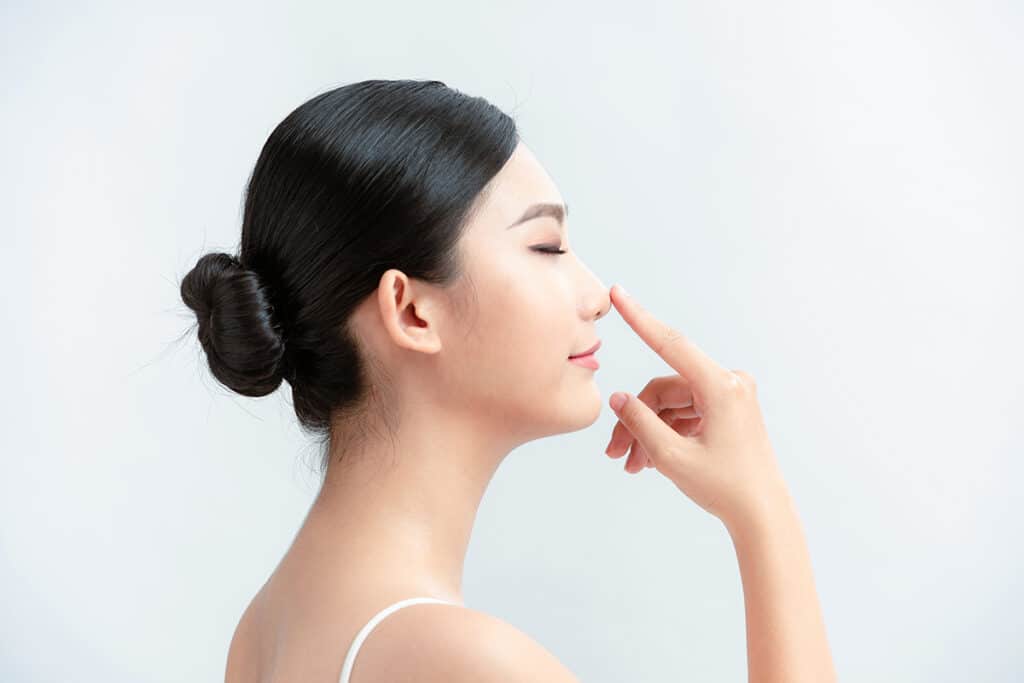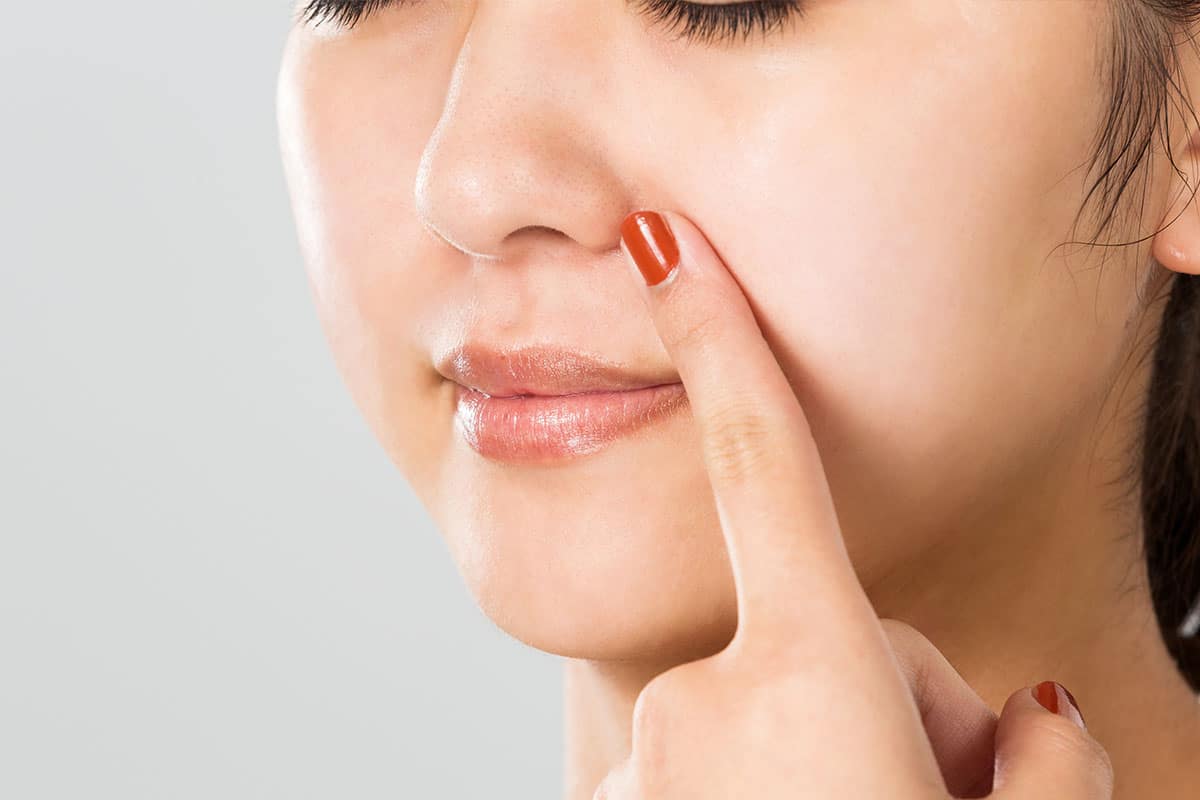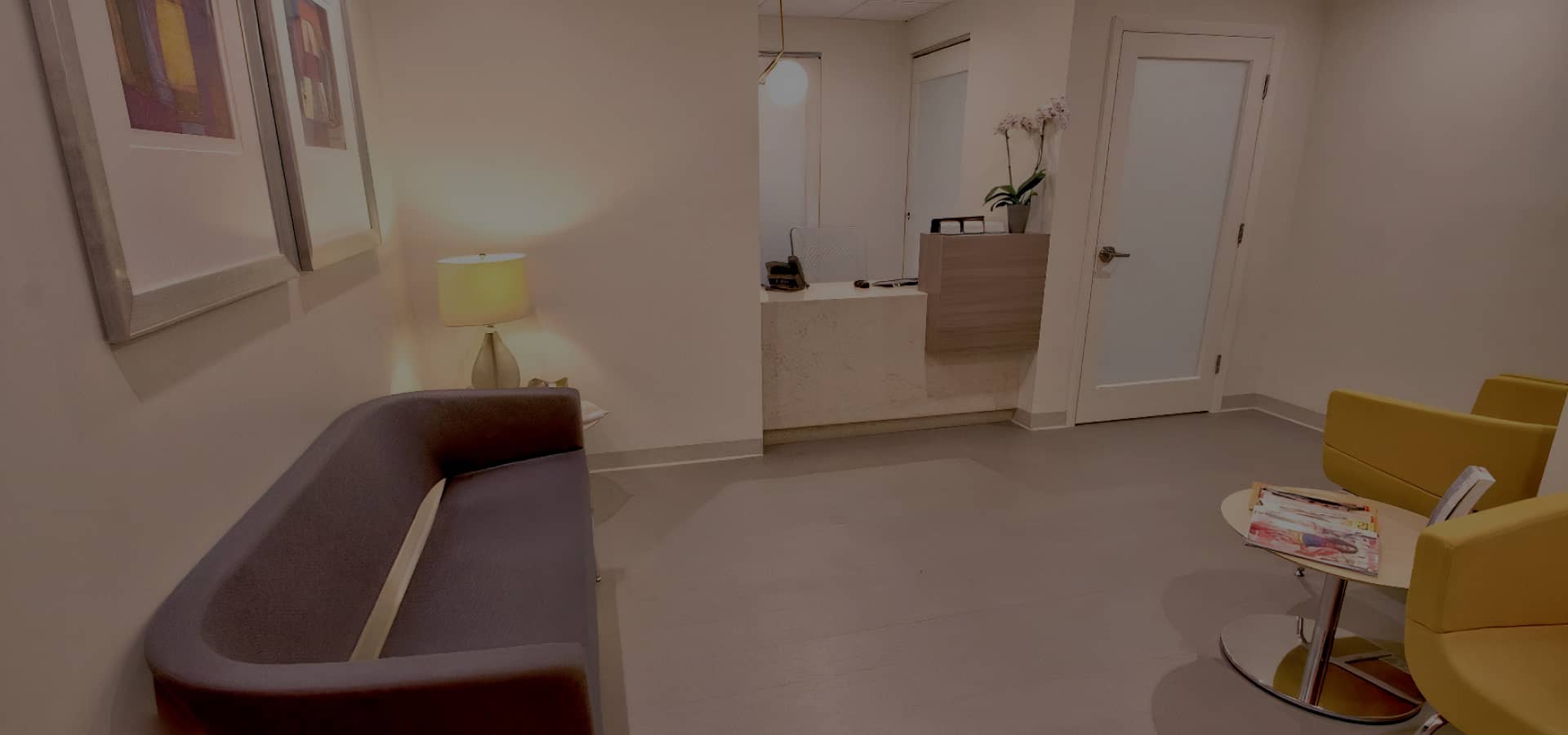Are you tired of feeling self-conscious about the width of your nose? Look no further! In this blog, we will delve into the fascinating world of Asian Rhinoplasty, specifically focusing on tackling wide-nose challenges. Prepare to be amazed as we explore innovative techniques and cutting-edge procedures that can help broaden your horizons and give you the confidence boost you’ve been longing for. Say goodbye to insecurities and hello to a whole new you with our expert insights and advice.
Asian Rhinoplasty and Wide Noses
Asian rhinoplasty, specifically addressing the aesthetic and structural concerns of wide noses, has become increasingly popular. This specialized type of nose job caters to the unique nasal structures of Asian patients. The focus often lies on reshaping the wide nasal bridge and refining the overall nose appearance while maintaining the natural essence of Asian facial features. Common concerns include a broad nose, excessive cartilage, or a lack of definition in the nasal tip and upper nasal bones.
The Aesthetic Impact of a Wide Nose on Asian Faces
In many Asian cultures, facial balance is paramount, and the nose plays a critical role in achieving this harmony. Wide noses can disrupt this balance, leading to a desire for a narrower nose. The goal of asian nose job procedures is not to create a “perfect nose” but to enhance the existing features, achieving a harmonious blend with other facial elements. This delicate balance requires a deep understanding of varied nose shapes and the impact of even minor restructuring.
Key Factors in Asian Rhinoplasty for Wide Noses
When considering Asian rhinoplasty for wide noses, there are several specific concerns and factors to take into account. First and foremost is the patient’s aesthetic goal. For many, the aim is to achieve a narrower nose that harmonizes with their other facial features, enhancing their overall appearance without losing the essence of their ethnic identity. This involves careful consideration of the nasal bridge, nasal tip, and the width of the nostrils.
Specific concerns associated with wide noses in Asian patients include:
- Broad Nasal Bridge: Often, Asian patients have a wider nasal bridge, which can dominate the facial profile.
- Wide Nostrils: This is a common feature that many seek to refine for a more proportionate nose appearance.
- Flat Nasal Profile: Many Asian noses have a flatter profile, which can be augmented for added definition and contour.
- Thick Skin: Thicker nasal skin can impact the outcome of the rhinoplasty, necessitating specialized techniques.
Secondly, the unique nasal anatomy of Asian noses requires a tailored approach. This involves understanding the intricate balance between the nasal bone, cartilage, and skin. A skilled surgeon needs to navigate these complexities to reshape the wide nose effectively, ensuring a natural look.
Moreover, the cultural implications of altering one’s appearance, particularly in the context of Asian societies, cannot be overlooked. The procedure should respect the patient’s heritage and aim for a result that aligns with their personal and cultural ideals of beauty. This delicate balance of achieving a refined yet natural look is at the core of Asian rhinoplasty for wide noses.
Techniques in Asian Rhinoplasty for Wide Noses
Exploring Surgical and Non-Surgical Options
- Surgical Techniques: Closed rhinoplasty, where incisions are made within the internal nose, is a popular choice for its less invasive nature and minimal residual swelling. It allows for adjustments in nasal tip projection, reduction of wide nasal bones, and refinement of the nasal bridge. In cases requiring major restructuring, open rhinoplasty might be recommended.
- Non-Surgical Techniques: For those apprehensive about invasive procedures, non-surgical nose job options offer temporary but immediate improvements. Techniques like liquid nose jobs using fillers can adjust the nasal bridge height or provide a slimmer nose appearance without the downtime of surgery.
The Procedure: Tailoring Asian Rhinoplasty for Wide Nostrils
The procedure for tailoring Asian rhinoplasty to address wide nostrils is meticulous, aiming to achieve a more aesthetically pleasing nose shape while ensuring functionality. Surgeons begin by carefully evaluating the patient’s nasal structure, focusing on the width and shape of the nostrils and the nasal bridge. The approach varies but often involves reshaping the cartilage and sometimes the nasal bones to narrow the nostrils and refine the overall nose profile. This can be achieved through techniques like alar base reduction, which reduces the width of the nostrils, or osteotomy, where the nasal bones are carefully fractured and reshaped for a narrower appearance.
Surgeons may also use cartilage grafts, sourced either from the patient’s own body (like the septum) or from synthetic materials, to add structure and definition to the nasal tip or bridge. The entire process is performed with precision and care, ensuring that changes are proportional and harmonious with the patient’s other facial features and that the functionality of the nose, especially breathing, is preserved.
Risks and Complications Specific to Wide Nose Rhinoplasty
Asian rhinoplasty for wide noses carries certain risks and potential complications. Patients need to be aware of these possibilities to make informed decisions. Key risks include:
- Asymmetry: Post-operative asymmetry can occur, especially if the nasal structures heal unevenly or if there are variations in the reduction of the wide nasal bridge or nostrils.
- Breathing Difficulties: Alterations to the nasal structure can sometimes impact nasal passages, leading to breathing challenges.
- Need for Revision Surgery: Given the complexity of reshaping a wide nose, some patients may require revision rhinoplasty to achieve their desired outcome.
- Infection and Scarring: Although rare, there’s always a risk of infection and visible scarring, particularly in more invasive procedures.
- Poor Cartilage Definition: For those with inherently weak cartilage, achieving a defined shape can be challenging and might not meet the patient’s aesthetic goal.
These risks underscore the importance of choosing a highly experienced facial plastic surgeon specializing in Asian rhinoplasty. A skilled surgeon can not only minimize these risks but also ensure that the results align closely with the patient’s expectations, maintaining a balance between cosmetic enhancement and natural appearance.
Choosing the Right Surgeon for Asian Rhinoplasty on Wide Noses
Selecting a cosmetic surgeon experienced in asian rhinoplasty is essential. The surgeon should have a deep understanding of the asian nasal bridge, nasal bone structure, and common aesthetic concerns specific to asian patients. A skilled surgeon can make the difference between achieving a natural, harmonious result and needing further corrective procedures.
Conclusion: Embracing the Journey of Asian Rhinoplasty for Wide Noses
Asian rhinoplasty for wide noses is a delicate balance between enhancing aesthetics and preserving cultural identity. It’s a journey towards self-confidence, respecting the natural beauty of Asian facial features. Whether opting for subtle changes or significant reshaping, the goal is to achieve a harmonious facial balance.
This process requires a surgeon skilled in Asian nasal anatomy, understanding the unique challenges of wide noses and the specific needs of Asian patients. It’s about exploring both surgical and non-surgical options and making informed decisions.

If you’re considering Asian rhinoplasty in Miami, Dr. Bared is an expert in this field. With his deep understanding of Asian facial aesthetics and wide nose rhinoplasty, he can guide you toward achieving your desired look while respecting your ethnic heritage. Embrace this transformative journey with Dr. Bared, and take the first step towards enhancing your natural beauty. Schedule a consultation today!
Frequently Asked Questions About Asian Rhinoplasty for Wide Noses
In performing Asian rhinoplasty for wide noses, unique considerations are taken into account mainly because the anatomy of Asian noses is different from those of other ethnicities both in terms of bone structure and cartilage. These include the flat nasal bridge, wider nostrils, and thick skin. It’s important to maintain the individual’s ethnic characteristics while refining the width and overall shape of the nose.
Non-surgical options like fillers or Botox may provide subtle enhancement but are not as effective for significant alterations such as reducing the wideness of the nostrils. These minimally invasive treatments also provide only temporary results. For definitive and long-lasting changes, surgical rhinoplasty is the most effective solution.
While some basic principles of rhinoplasty apply universally, treating an Asian nose like a Caucasian or African nose can lead to unnatural results. For this reason, a surgeon must be familiar with specific techniques tailored to the unique features of an Asian nose to achieve a refined yet harmonious outcome.
Generally, the recovery process for an Asian rhinoplasty for wide noses does not necessarily take longer or is more complicated than other types of rhinoplasty. It typically takes about 2 weeks for most of the noticeable swelling to subside, and the patient can expect to see the final results after 12 to 18 months.
The cost of an Asian rhinoplasty for wide noses could be higher than a standard rhinoplasty due to its complexity. It requires specialized techniques to maintain ethnicity while reshaping, and the price may also vary depending on the surgeon’s experience and geographic location. However, the exact cost will be determined based on the individual patient’s needs and the complexity of their case.

